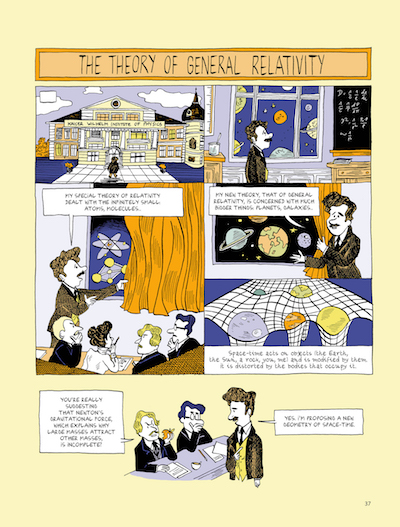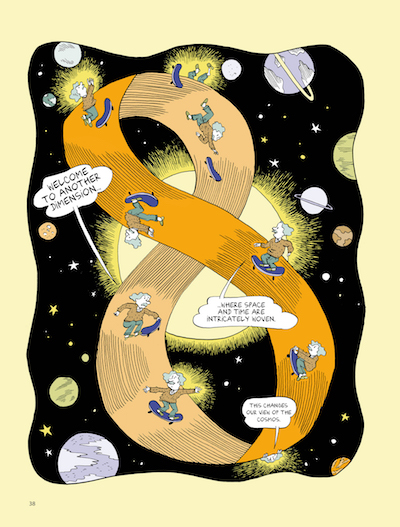When Harry Crews died in 2012, the Southern Gothic tradition that started gathering steam when the “Dixie Limited,” William Faulkner, rolled down the tracks—picking up Flannery O'Connor, Carson McCullers, Larry Brown, James Dickey and Barry Hannah along the way—died with him.
Fortunately for readers, when he was a young reporter for the Gainesville Sun, Ted Geltner drew the assignment of interviewing Crews, whose 1973 novel, The Hawk is Dying, was being turned into a film. That initial conversation with the cantankerous novelist and University of Florida English professor eventually blossomed into a symbiotic relationship between the two, with Crews in his later years often calling on Geltner to drive him to pick up his medicine or his beer and Geltner absorbing the stories that he would later turn into a biography of Crews.
Geltner's Blood, Bone, and Marrow: A Biography of Harry Crews brings to colorful life the Georgia writer so driven by his craft that he once advised young writers, "If you're gonna write, for God in heaven's sake, try to get naked. Try to write the truth. Try to get underneath all the sham, all the excuses, all the lies that you've been told."
Crews was born in Bacon County, Georgia, on June 7, 1935, to poor tenant farmers; his father, Ray, died of a heart attack one night while the not-yet 2-year-old Harry was sleeping next to him in the bed. Life hurtled downhill from that moment, for his mother, Myrtice, married Ray's brother, Pascal, who turned violent and abusive when he was drunk. When he was 5, Crews had a bout with childhood polio, which left him with a limp the rest of his life. The following year, playing a game of "pop-the-whip," he was hurled into a vat of scalding water used to scald pigs; he survived only because his head stayed above water, but the damage was done: "[W]hen my shirt was taken off, my back came off with it." In his own autobiography, A Childhood (1978), Crews writes of his early days, "When something went wrong, it almost always brought something else with it. It was a world in which survival depended on raw courage, a courage born out of desperation and sustained by a lack of alternatives."
Very early, though, Crews fell in love with stories. There were only two books in the Crews' house: the Bible and the Sears Roebuck catalog. He and his friend, Willalee Bookatee, would spend hours making up stories about the models in the pages of the catalog.
When he was 17, Crews joined the Marines, where he started reading seriously, and when he was discharged, he used the G.I. Bill to matriculate at the University of Florida, where he decided to become a writer. There, he studied with the great Agrarian poet and novelist Andrew Lytle—who had also once taught Flannery O'Connor and James Dickey—with whom Crews would eventually develop an antagonistic relationship.
Geltner, now an associate professor of journalism at Valdosta State University, ranges carefully over these details of Crews' life, providing the outline on which he can arrange the real stories of Harry Crews: his fierce dedication to the craft of writing and his all-consuming fire to tell stories, his incessant womanizing and his bouts of relentless drinking and drug use, his attention to his writing students, and his often painful journey to understand his own suffering through telling the stories of a cast of characters scarred by the haunting, weird, and violent landscape of the South and their families.
Geltner richly chronicles each of Crews' novels, providing details of character and plot, situating them in the context of Crews' life, and sharing the growing critical praise for each one. Crews' first novel, The Gospel Singer (1968), published while he was teaching at Broward Community College, opens in the jail cell in Enigma, Georgia, where Willalee Bookatee is being held for the murder and rape of MaryBeth Carter. Yet, as it turns out, it is likely a protégé of the Gospel Singer, "the midget with the largest foot in the world," who has returned to Enigma, and worshipped by the people in the town. It's a tale of unrequited evil set in a world where men masquerade as good, worship each other, elevating some among them to god-like status, and where conscience lies hidden from view. Critics compared Crews to Carson McCullers and Tennessee Williams, and declared that his novel testified to "the inescapability of man's actions—or his inaction."
Crews' star continued to rise with the publication of Naked in Garden Hills (1969), This Thing Don't Lead to Heaven (1970), Karate is a Thing of the Spirit (1971), Car (1972), The Hawk is Dying (1973), The Gypsy's Curse (1974), and A Feast of Snakes (1976), which Geltner calls "a powerful and unique descent into the depths of human misery and angst." (212). Following A Feast of Snakes, Crews didn't publish another novel until 1987, All We Need of Hell, followed by three novels—The Knockout Artist (1988), Body (1990) and Scar Lover (1992)—fueled by his deep immersion in boxing and bodybuilding.
For a short period, Crews hung out with Madonna and her then-husband Sean Penn, and Madonna told Crews he was "definitely the coolest guy in the universe." Lydia Lunch and Kim Gordon of the band Sonic Youth, enamored of Crews' writing and persona, formed a band called Harry Crews, releasing one album—a live album called Naked in Garden Hills—of songs made up of the names of Crews' novels.
Once, when Crews was asked what it took to become a real novelist, he shouted out, "Blood! . . . Bone! . . . Marrow!"
With the power of a spellbinding storyteller, Geltner splendidly captures Crews' blood, bone and marrow by leading us on a journey through all we need of Crews' hell, recognizing that without passing through this hellacious suffering, we can never truly understand him. Geltner's biography compels us to seek out Crews' novels to read, or re-read, and to discover the voices of a South just off the interstates and at the edges of its glittering urban centers.




























